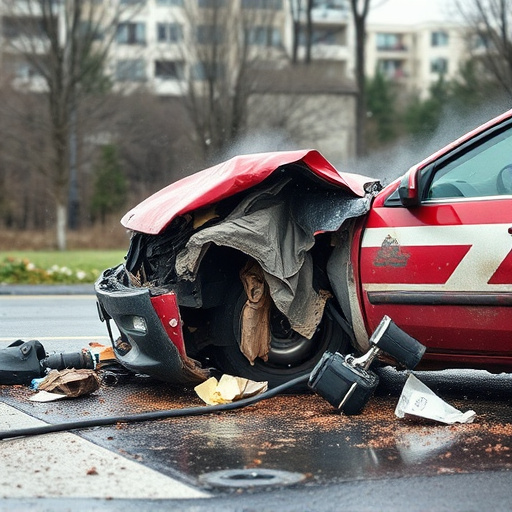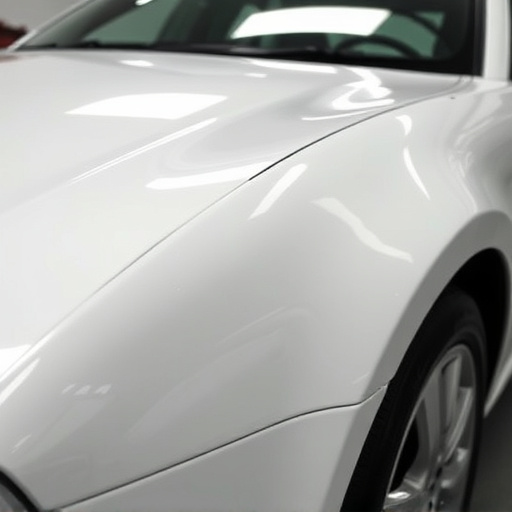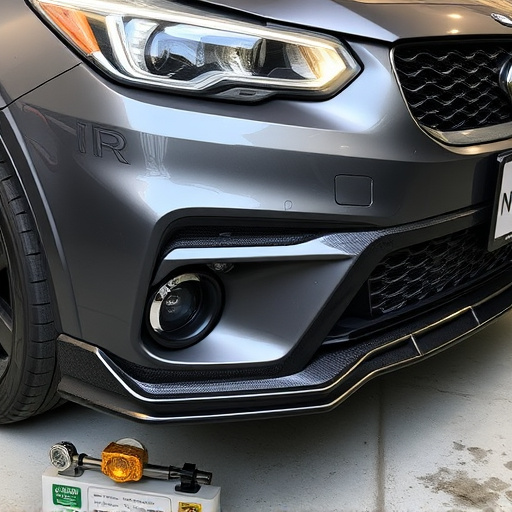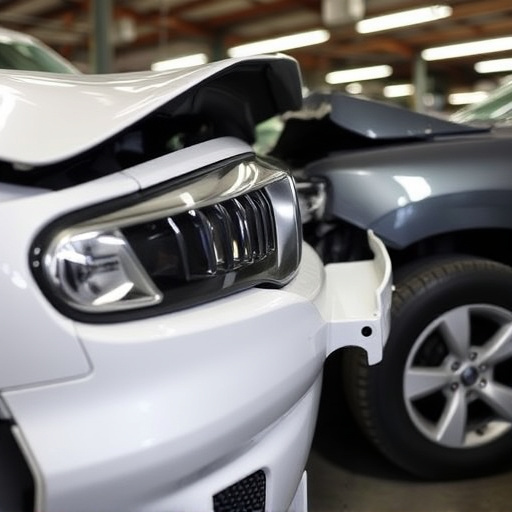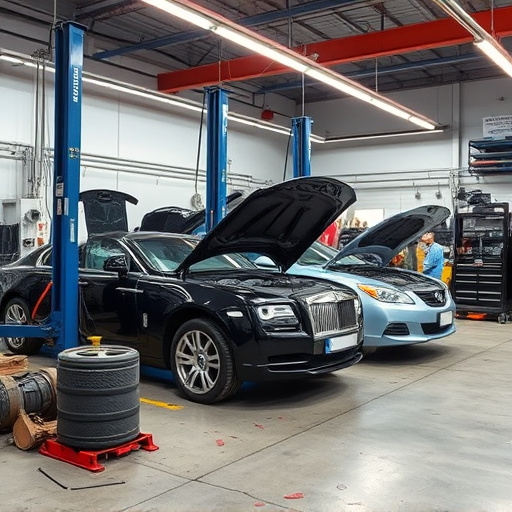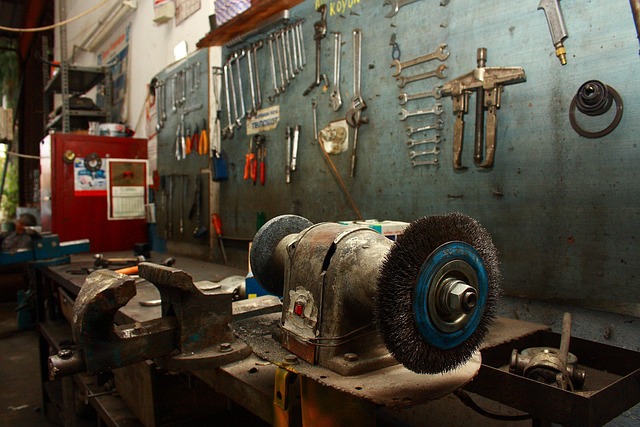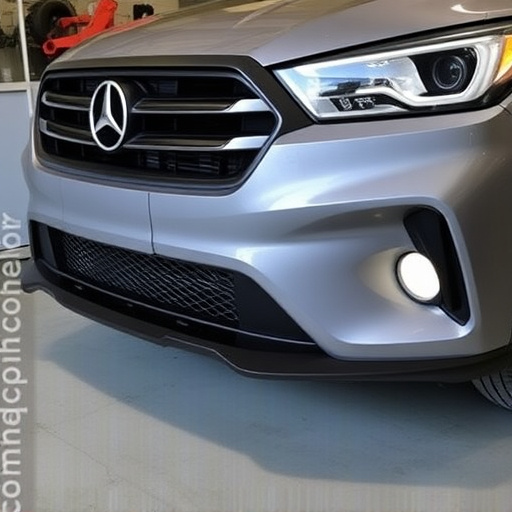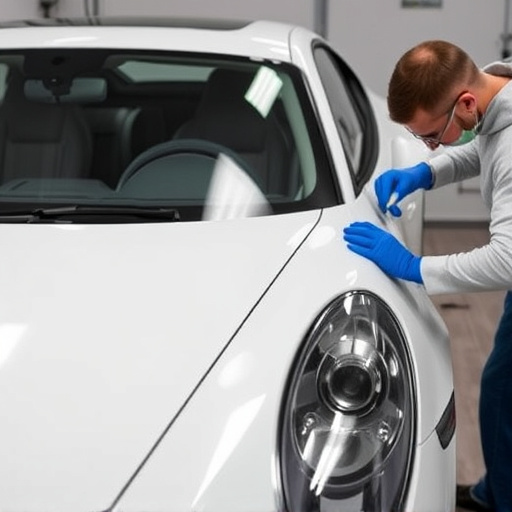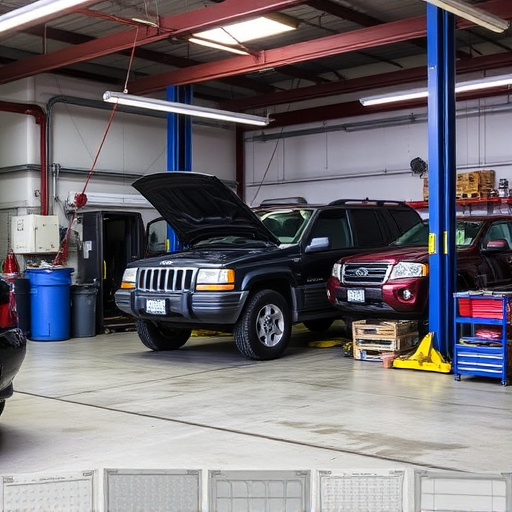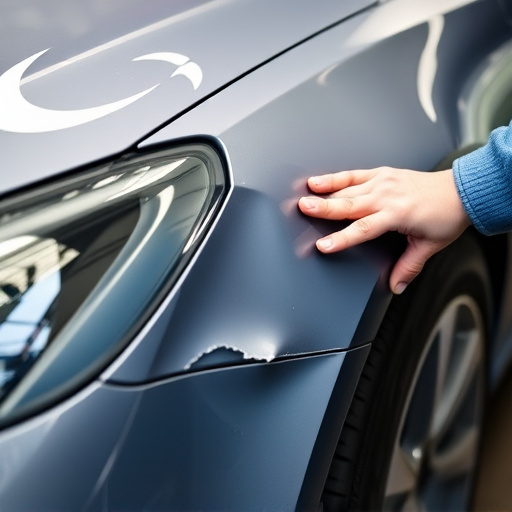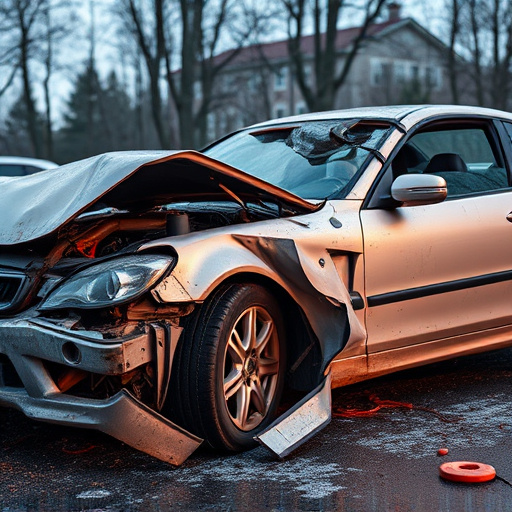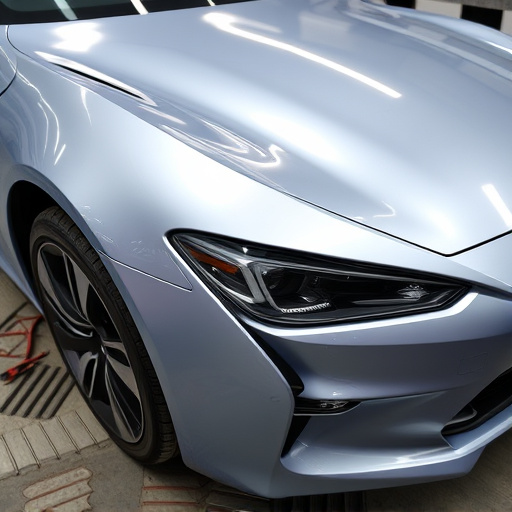Hail damage dent repair is a vital auto insurance coverage for both structural integrity and aesthetics. Understanding your policy covers exterior repairs from severe weather, including dents and bumpers. Navigating claims involves assessing dent severity, filing with insurers, repairing through specialized shops, and verifying successful removal & pre-hail condition restoration.
Hail damage can be a significant concern for vehicle owners, but understanding if and how your insurance covers dent repair can provide much-needed relief. This article guides you through the process of navigating hail damage dent repair coverage. We’ll explore what your insurance policy entails, helping you make informed decisions. Learn about the claims process, from initial steps to final resolution, ensuring you’re prepared for any hail storm encounters. Discover your rights and options when it comes to hail damage dent repair.
- Understanding Hail Damage Dent Repair Coverage
- What Does Your Insurance Policy Entail?
- Navigating the Claims Process for Hail Dents
Understanding Hail Damage Dent Repair Coverage
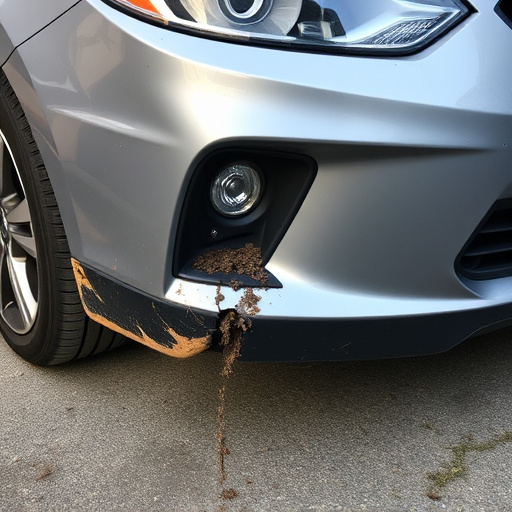
Hail damage dent repair coverage is a crucial aspect to understand when navigating auto insurance claims. Many standard home and auto insurance policies include some form of protection against hail damage, which can result in unsightly dents and dings on your vehicle’s exterior. This coverage extends beyond just the structural integrity of your car; it also encompasses the aesthetic value, ensuring that your vehicle looks as good as new after a hailstorm.
When filing a claim for hail damage dent repair, auto body services provided by experienced technicians are typically covered. This includes bumper repair and other cosmetic fixes. Insurance companies will assess the extent of the damage and may approve repairs to restore your vehicle’s pre-hail condition. Understanding what’s covered can help streamline the claims process and ensure you receive compensation for necessary automotive restoration work.
What Does Your Insurance Policy Entail?
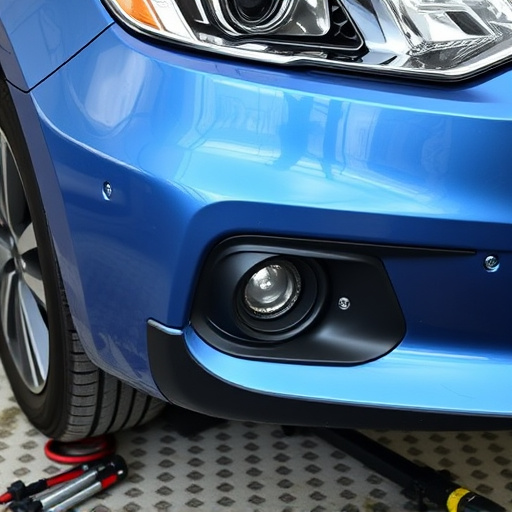
When it comes to hail damage dent repair, understanding your insurance policy is key. Most standard auto insurance policies cover damages caused by severe weather events like hailstorms, provided they occur during normal driving conditions. This includes repairs to your vehicle’s exterior, such as dents, dings, and even damaged or broken bumpers.
Your specific coverage will depend on the type of policy you have. Comprehensive coverage typically picks up the tab for these types of repairs, while collision coverage may also apply if your vehicle is severely damaged in a hailstorm. Knowing which services are covered can help when comparing quotes from various fleet repair services or vehicle repair services. Remember to review your policy details and contact your insurance provider for clarification if needed.
Navigating the Claims Process for Hail Dents
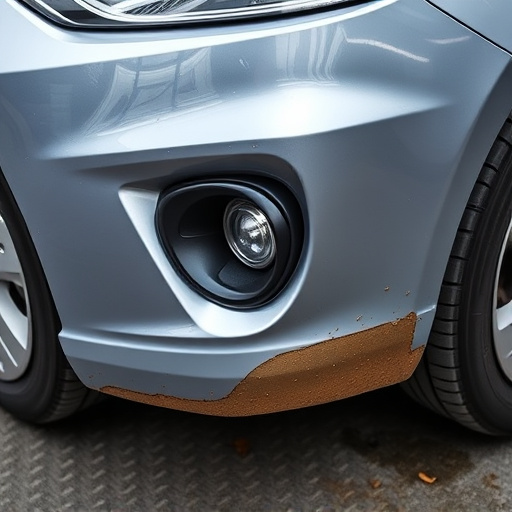
Navigating the claims process for hail dents can seem daunting, but understanding your rights and the steps involved can make the experience less stressful. The first step is to assess the damage. If the hail dents are minor, you may opt for a DIY dent removal method using products available at auto parts stores. For more severe cases, it’s recommended to visit a collision repair shop that specializes in hail damage dent repair. These professionals have the tools and expertise to ensure precise and effective dent removal.
Once you’ve decided on a method, whether it’s self-restoration or professional help, the next step is to file an insurance claim. Contact your insurance provider and report the hail damage. They will guide you through the process, including providing a list of approved collision repair shops if needed. It’s important to keep records of all expenses and communications related to the claim. After the repair, verify that the dent removal was successful and that your car is restored to its pre-hail condition, considering both aesthetic appeal and structural integrity (car restoration).
Hail damage dent repair doesn’t have to be a stressful process. Understanding your insurance coverage and navigating the claims process can help ensure your vehicle returns to its pre-hail condition smoothly. Remember, many insurance policies do cover hail damage, so take advantage of this benefit and get your repairs taken care of promptly.
